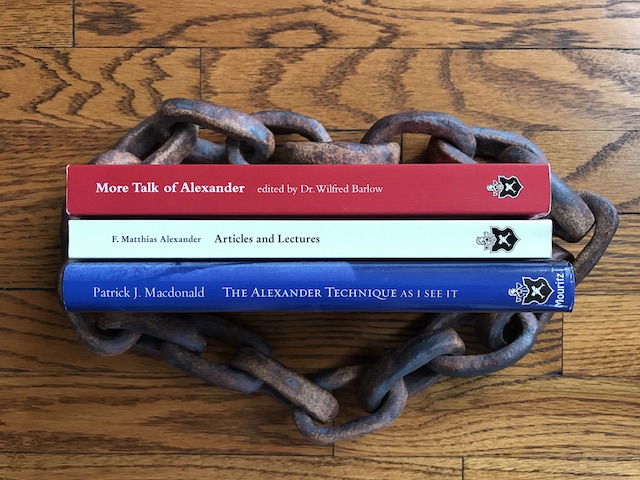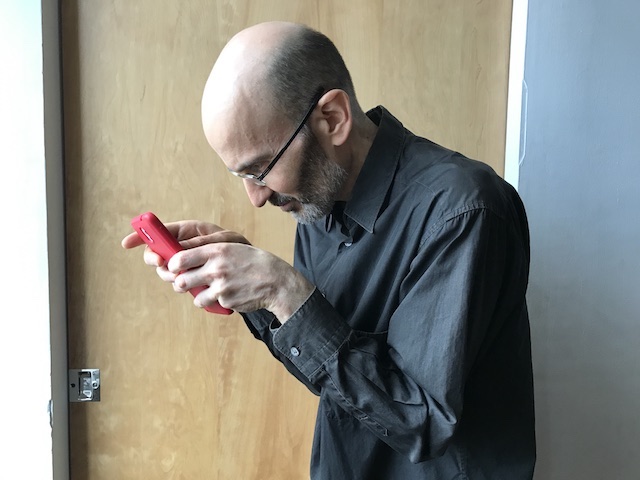Today, the United States celebrates the 241st anniversary of the signing of the Declaration of Independence. Our Declaration famously asserted that people are endowed “with certain unalienable Rights, [and] that among these are Life, Liberty and the pursuit of Happiness.” Because the 13 colonies were being denied those rights, the colonies declared themselves to be “Free and Independent States.”

Although we remain free and independent as a country today, Americans are deeply divided in their opinions and priorities. Politicians, far from quelling our divisions, inflame them while extolling the value of freedom and liberty. Yet from an Alexander Technique perspective, our political leaders know far less than they imagine about what freedom really is.
What is “freedom?”
If one googles “freedom,” the first definition that pops up says it is “the power or right to act, speak, or think as one wants without hindrance or restraint.” That sounds like a plausible explanation, but it leaves unaddressed the crucial matter of what the hindrance or restraint might be and, in particular, whether the hindrance is external (as in Reagan’s “government is the problem, not the solution”) or internal (as in Emerson’s “nothing is more rare in any man than an act of his own”).
What is “habit?”
In Alexander Technique practice, we are very much concerned with the internal hindrance called habit. We see habits as self-imposed barriers to free, spontaneous and healthy activity, and also recognize that habits prevent people from accurately sensing what they are doing and how they are doing it. The supreme irony of our society’s obsession with freedom of choice is that many people spend their lives unaware of the most basic, personal choices that are always freely available to them.
Consider this picture of someone looking at his mobile phone, trying to choose a restaurant in NYC. This fellow has complete freedom to choose any eatery he fancies, but he is unable to choose his way of using himself while using his phone.  He is completely unaware of his own habit of pulling down and collapsing into his device, or of how harmful this habit is, or what he could do to help himself. Put another way, this man’s external freedom is far greater than his internal freedom; living as he does in the land of the free and the home of the brave, he is too often a slave to his own unconscious habits.
He is completely unaware of his own habit of pulling down and collapsing into his device, or of how harmful this habit is, or what he could do to help himself. Put another way, this man’s external freedom is far greater than his internal freedom; living as he does in the land of the free and the home of the brave, he is too often a slave to his own unconscious habits.
If you’re reading this article on your mobile phone or tablet, you can pause right now and notice what you’re actually doing. You freely chose to read this far (and I’m thrilled that you did), but are you remembering to think about yourself while you’re reading this article? Are you free?
How can we be free?
Studying the Alexander Technique means taking a fresh look at the way we perform a host of daily activities so we can make constructive, conscious choices instead of acting out of blind habit. It means we can remember that pulling our heads down and tightening our necks, arms and wrists will harm our joints and spine while impairing our ability to breathe and swallow. With the AT, we can stop needlessly compressing and distorting ourselves; we can make taking care of ourselves an integral part of doing whatever needs to be done in any situation. With a little bit of self-awareness and constructive thinking, we can be more expansive, open, alert and free like the guy in the picture below.

Wouldn’t this be the perfect day to declare your independence from your own painful habits? Wouldn’t this be the ideal time to commit to learning about the way you are and to helping yourself live an easier, more comfortable and more enjoyable life? If you want to catch a glimpse of what freedom truly is, if you want to form a more perfect union with yourself, give the Alexander Technique a try. Just think of it as fulfilling your patriotic duty; just think of it as pledging allegiance — to yourself.
Photo credits: Red, white and blue book photo courtesy of Tim Tucker; Tim Tucker photos courtesy of Susanna Kyosei Mele.


Leave A Comment